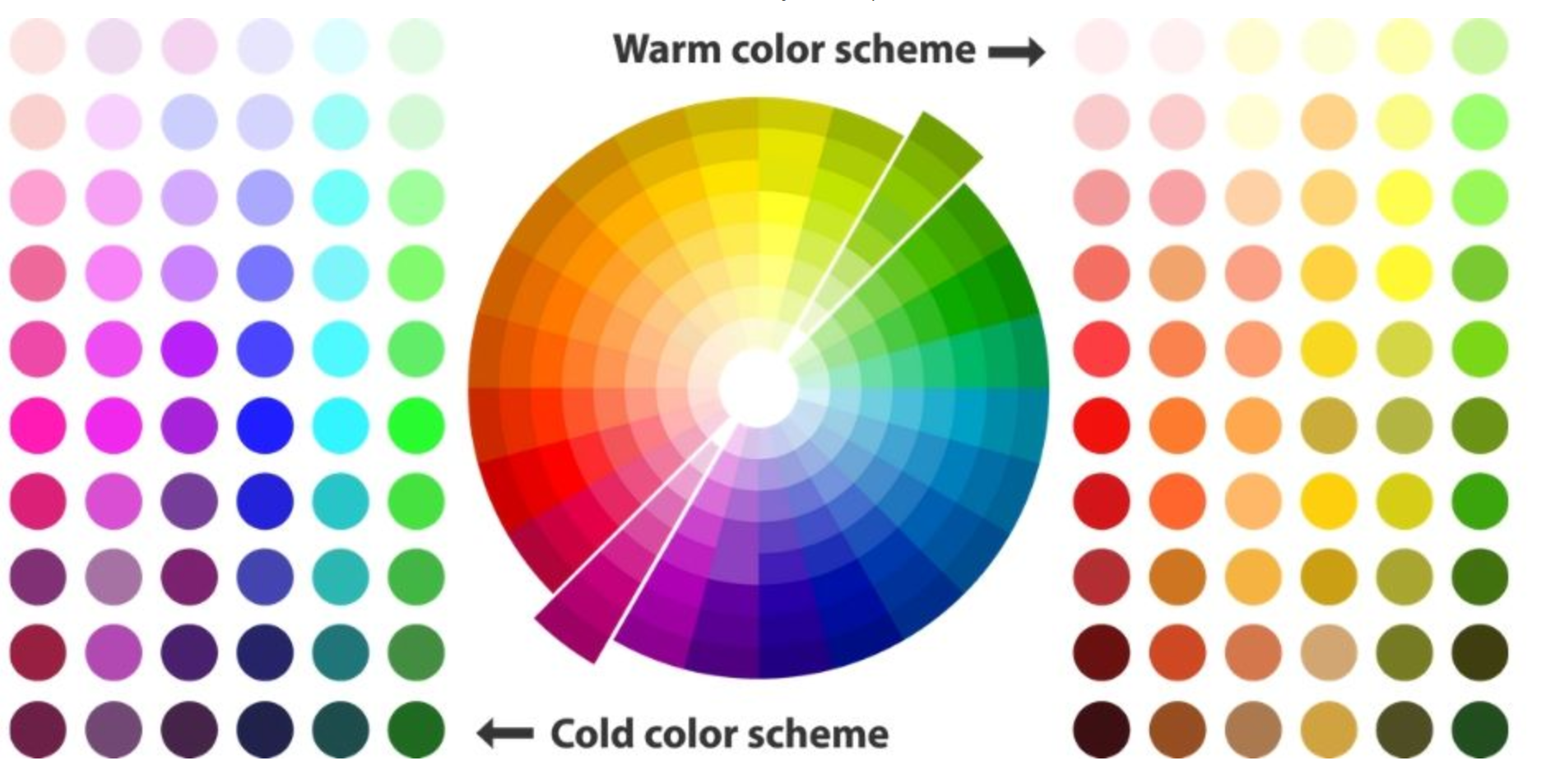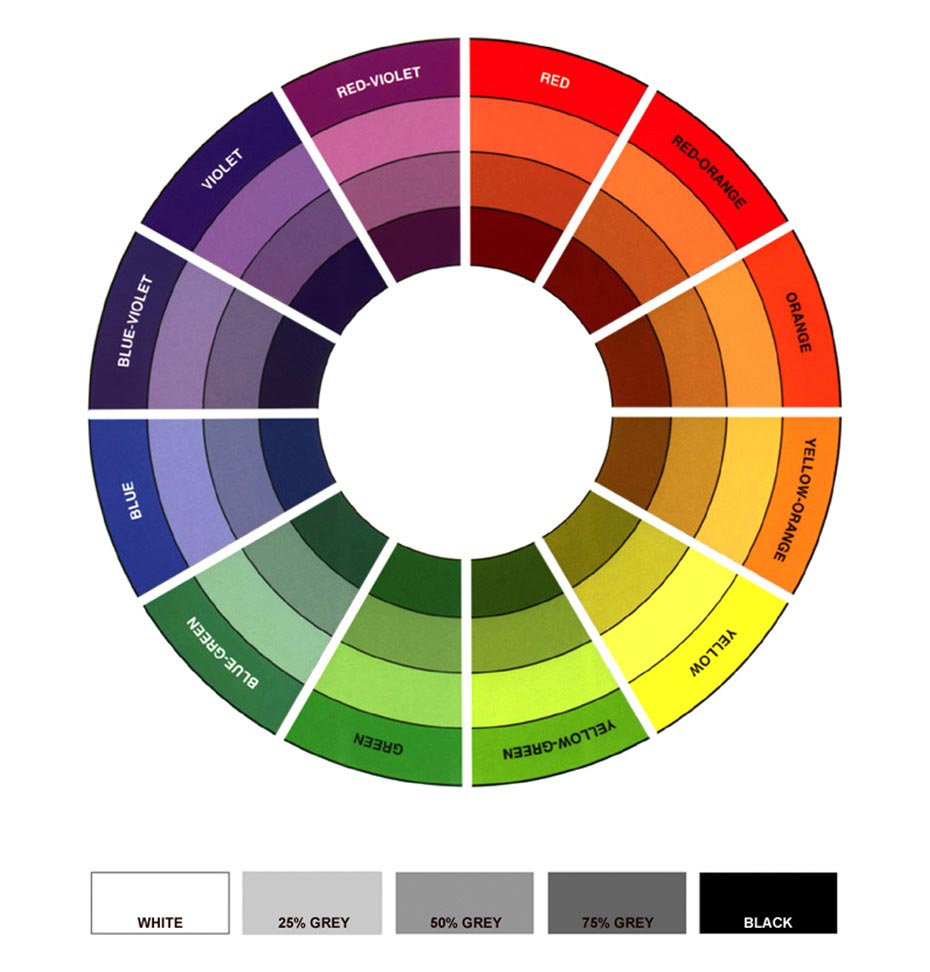“Dive into the captivating world of makeup artistry with Anshi, a leading makeup artist in India and Agra. Discover the secrets of color theory, explore primary and secondary colors, and unravel how the color wheel transforms your look.”
The Beauty Alchemy of Color: Unveiling Makeup’s Secrets with Anshi Makeup Artist
Makeup is more than just a cosmetic; it’s a form of artistry that allows individuals to express themselves creatively and enhance their natural beauty. To delve into the world of makeup is to embrace color in all its vibrancy and subtlety. In this exploration of color theory, we join Anshi Makeup Artist, a renowned makeup artist in India and Agra, to unravel the secrets of using color to transform your look.
The Essence of Color Theory in Makeup:
Color theory is the foundation upon which makeup artistry thrives. It’s the understanding of how colors interact, complement, or contrast with one another. For Makeup artists like Anshi, mastery of color theory is an art form that can bring out the best in every client. Here’s how it works:
Primary Colors: Primary colors, such as red, blue, and yellow, are the building blocks of all other colors. They cannot be created by mixing other colors and are essential in makeup artistry for creating a wide range of hues.
Secondary Colors: Secondary colors, like green, orange, and purple, are formed by mixing two primary colors together. They provide versatility in makeup looks and offer opportunities for creative blending.
Understanding the Color Wheel: The color wheel is a makeup artist’s compass. It consists of primary colors (red, blue, yellow), secondary colors (green, orange, purple), and tertiary colors. By knowing how these colors relate, makeup artists can create harmonious or striking looks.

Complementary Colors: Colors opposite each other on the color wheel are complementary. Using them together can create vivid contrasts that make eyes pop or create stunning lip combinations. In makeup, the use of complementary colours will help you to correct and conceal unwanted skin tones. On the other hand, they can also make the opposite colour stand out; a bronze/orange eyeshadow will suit blue eyes. You can use colour correctors and coloured makeup bases to conceal unwanted tones or adjust the skin tone.
Colour Correctors:
- Green: Minimises redness
- Mauve: Counteracts sallow undertones
- Pink: Brightens the skin
- Yellow: Lightens a dark complexion
- Peach and Orange: Ideal for dark circles under the eyes

Analogous Colors: Colors adjacent to each other on the wheel, such as blue and green or red and orange, are analogous. They blend seamlessly to create soft, harmonious looks.

Warm and Cool Tones: Colors can be categorized as warm (reds, oranges, yellows) or cool (blues, greens, purples). Matching the undertones of makeup to a client’s skin tone is a key skill. By understanding the differences between warm and cool colours, you can better match the foundation and concealer for different coloured skin tones.
- Cool Skin Tone: The client has a little pink in their skin. Veins will also be more apparent giving a blue/green undertone to the skin. They tend to burn easily under the sun. People who look good in silver jewellery and accessories.
- Warm Skin Tone: The client’s skin has a yellow or golden-olive undertone. They tend to tan easily under the sun. These people might prefer gold jewellery and accessories to silver.
- Neutral Skin Tone: Their skin has both pink and golden undertones. They look good in both gold and silver jewellery.
If you are unsure about the skin tone of your client, imagine what jewellery would suit them.
To test the foundation, swipe it along the jawline. The right shade should disappear into the skin.
Always ask your client to show you his/her chest, the body can be slightly darker than the face, and you will also find out if your client is wearing a fake tan. Warm and cool tones also apply when choosing colours for eyes and lips. There is no exact method to determine the best colours, however, it is recommended to respect a harmony between colours.

Personalizing Makeup with Color Theory:
For a makeup artist in India like Anshi, adapting color theory to diverse skin tones and preferences is an art. Here’s how it’s done:
- Foundation Matching: Matching a foundation’s undertone to the client’s skin tone ensures a natural, even complexion.
- Eyeshadow Magic: Eyeshadows are where color theory truly shines. Makeup artists use contrasting colors to make eyes stand out and analogous colors to create harmonious eye looks.
- Blush and Bronzer: Understanding a client’s undertone helps in selecting the perfect blush and bronzer shades for a healthy flush or sun-kissed glow.
- Lipstick Wizardry: Lip color choice can transform a look entirely. Makeup artists use their knowledge of the color wheel to create the perfect lip shade for any occasion.
Anshi Makeup Artist’s Color Mastery:
Anshi Makeup Artist, a prominent makeup artist in India and Agra, has honed her skills in color theory to perfection. Her ability to select and blend colors that enhance her clients’ unique features is what sets her apart. From bridal makeup to editorial shoots, she uses color theory as her palette to create makeup masterpieces.
In conclusion, color theory is the magical wand that makeup artists like Anshi use to weave their artistry. It’s a world where understanding the intricacies of color relationships can lead to stunning transformations. Whether you’re a makeup enthusiast or looking for a makeup artist in India or Agra, embracing color theory will elevate your makeup game and help you unlock your true beauty potential.
Discover the Secrets of Color Theory with Anshi! Join her Online and Offline Makeup Courses for In-Depth Insights. Follow Her on Instagram – Makeupbyanshiagarwal for Daily Beauty Inspiration

